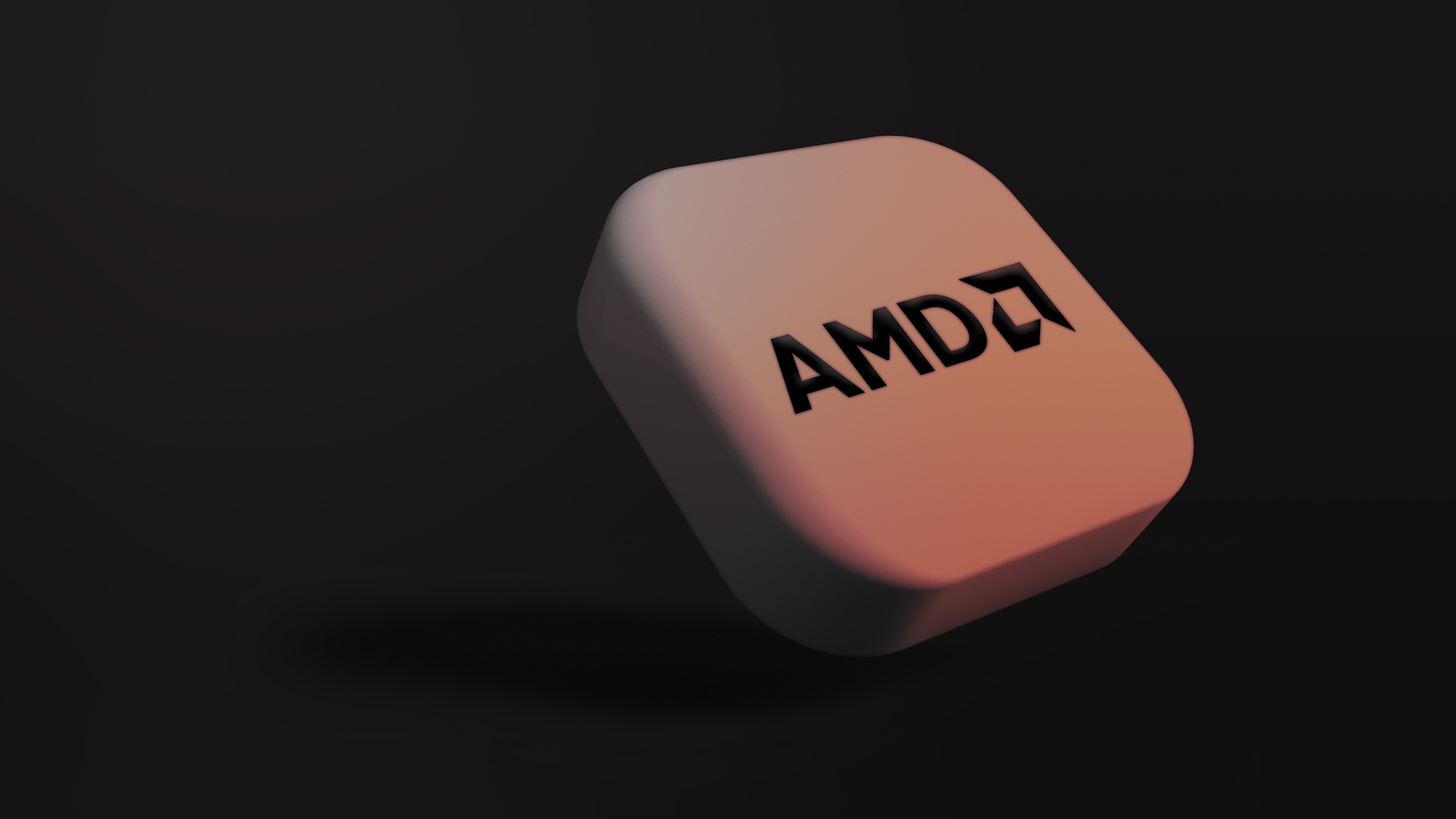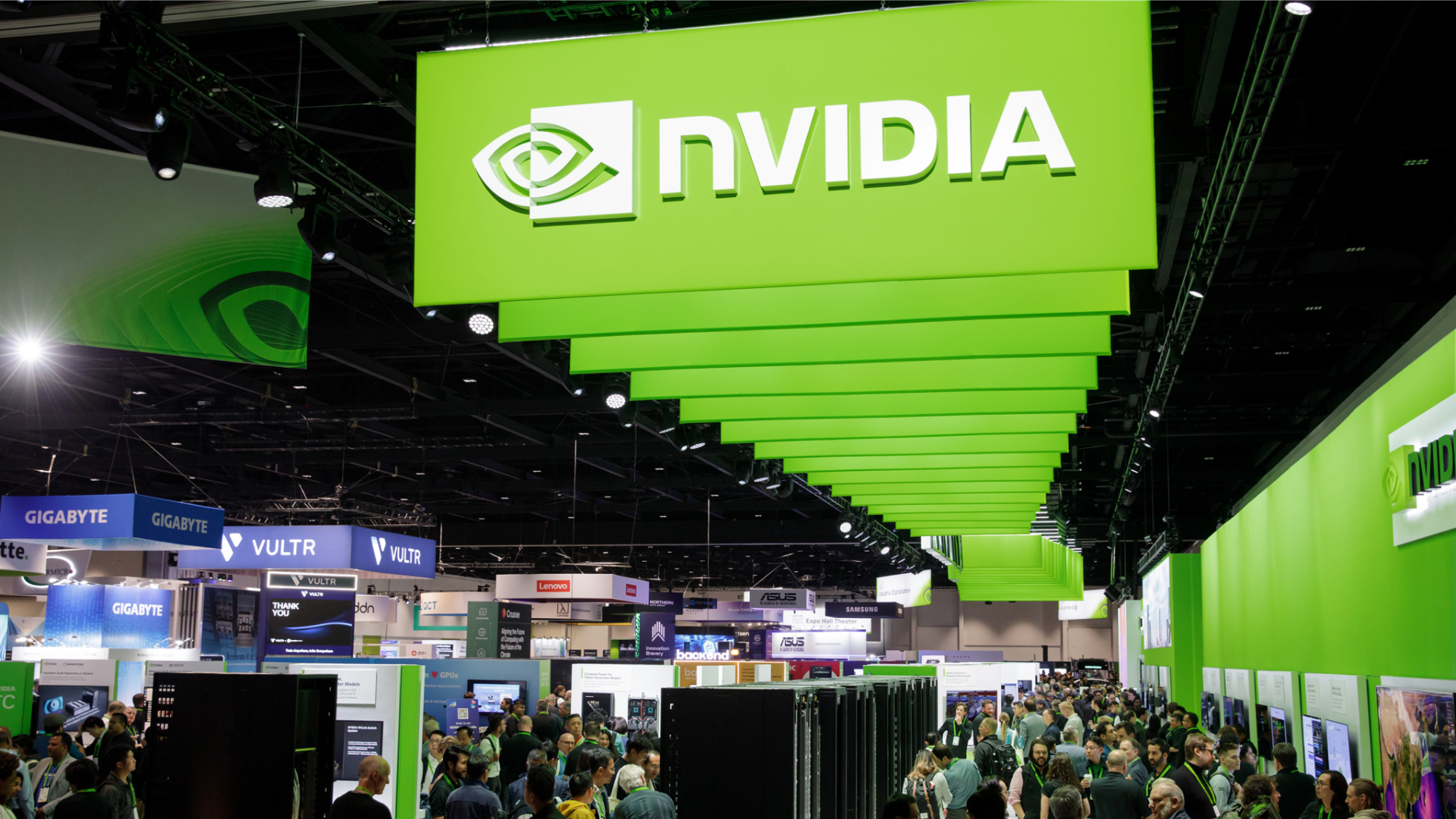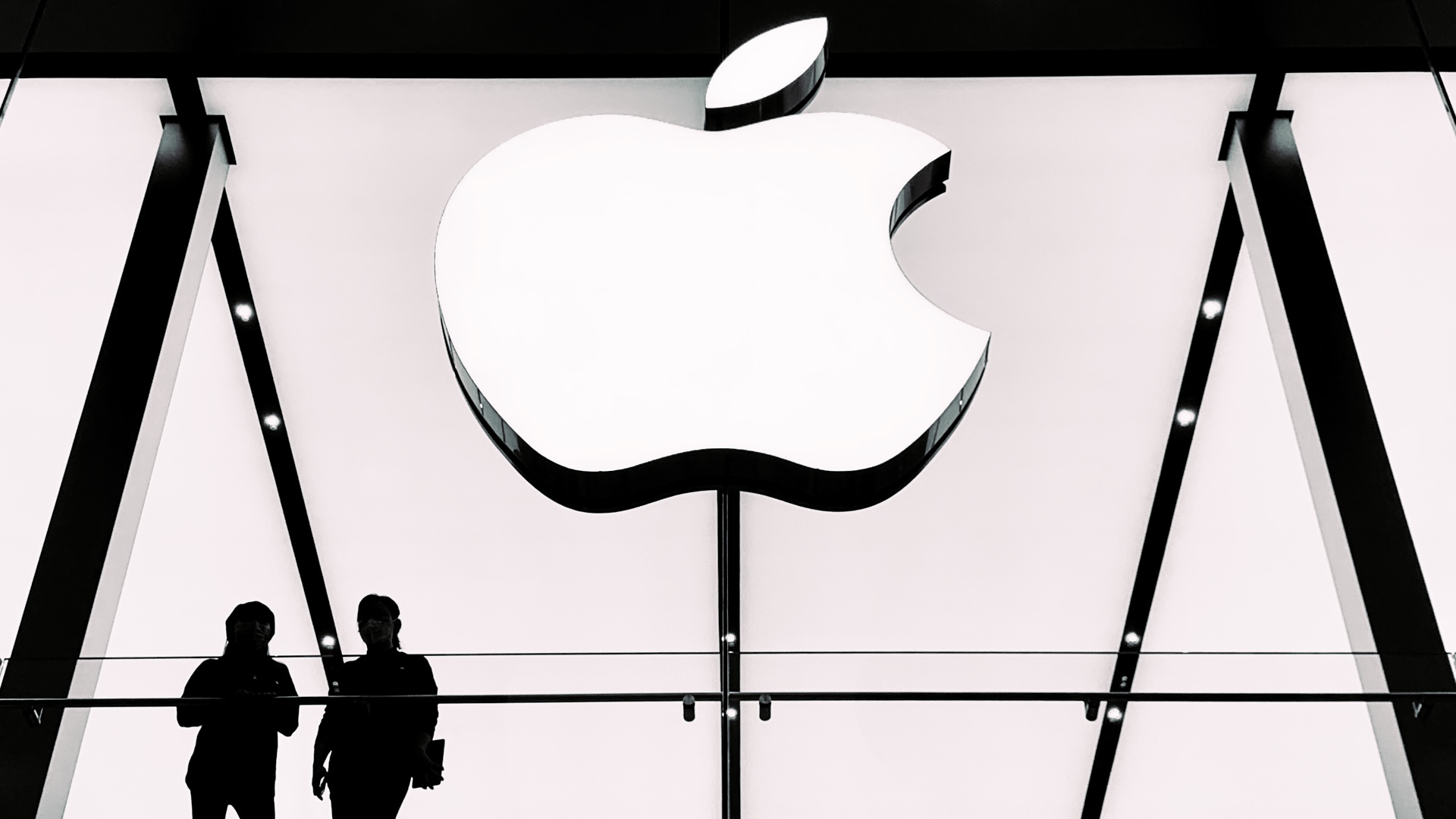Modern manufacturing, despite advanced automation, still faces fundamental challenges: unplanned downtime, wasted raw materials and increasing pressure for flexibility. The answer to these problems is not the next faster machine, but the intelligent use of data. This is where the Industrial Internet of Things(IIoT) becomes the bloodstream of the fourth industrial revolution, transforming isolated ‘islands’ of automation into a single, cohesive and self-regulating organism.
The IIoT market, valued at $119.4bn in 2024, is expected to grow to $286.3bn by 2029, demonstrating the scale of this transformation. This is not a niche trend, but a fundamental shift that is redefining the concept of efficiency. Here are five key IIoT solutions that are already offering the most measurable return on investment and building competitive advantage on the shop floor.
Predictive maintenance (PdM): no more unplanned downtime
Traditional maintenance, based on reactive repairs or rigid schedules, is inefficient and costly. Predictive maintenance (PdM) changes this paradigm by using IoT sensors to continuously monitor the condition of machines – their vibration, temperature or energy consumption. The collected data is analysed by artificial intelligence algorithms, which predict upcoming failures with high precision. This ensures that service interventions are only made when they are actually needed, with spectacular results. PdM implementations can reduce unplanned failures by 70%, reduce downtime by 35% and cut maintenance costs by 25%. Some automotive companies have achieved a full return on investment (ROI) in less than three months.
2. The digital twin: a virtual factory in the service of optimisation
The Digital Twin is a dynamic, virtual replica of a machine, production line or even an entire factory that is constantly updated with real-time data from IoT sensors. Unlike a static simulation that asks “what if?”, the Digital Twin answers the question “what is happening now?” and “what will happen in the future?”. This allows the testing of any scenario – a change in the layout of the shop floor, the acceleration of a robot or a new production schedule – in a virtual environment, without the risks and costs associated with experiments on a physical line. The potential savings are enormous; Unilever generated $2.8 million in savings in one pilot implementation using this approach.
3. intelligent quality control: aszyn vision and AI
Manual quality control is prone to error, fatigue and subjectivity. Machine vision systems, using industrial cameras and deep learning algorithms, bring control to a level of precision and repeatability unattainable by humans. They can identify the tiniest defects in a fraction of a second, verify assembly completeness or read serial codes, automatically rejecting defective products from the line. ROI from such deployments is often achieved in less than a year and the reduction in defects can exceed 90% . However, the real value lies in the so-called ‘hidden ROI’: the data from the vision system becomes a source of information for optimising the entire process, allowing the causes of defects to be eliminated, not just their effects.
4 Integrated energy management
In an era of rising energy prices and pressure for sustainability, efficient management of energy consumption is becoming a priority. IoT-based systems allow the granular monitoring of power consumption by individual machines and lines in real time. This makes it possible to identify the most energy-intensive processes, detect anomalies (e.g. equipment drawing power during downtime) and optimise production schedules to avoid costly peaks in power consumption. Implementing such a system can reduce energy costs by up to 30% and significantly facilitates ISO 50001 certification.
5. Complex IIoT platforms: a single source of truth
Data in a typical factory is scattered across many non-communicating systems (SCADA, MES, ERP), making it impossible to get the big picture. The IIoT platform acts as a central operating system that integrates data from the operational technology (OT) and information technology (IT) worlds, creating a ‘single source of truth’ for the entire organisation. This allows real-time automatic calculation of the key indicator of Overall Equipment Effectiveness (OEE), which combines availability, productivity and quality. Implementing such a platform is a strategic investment in agility, enabling the entire organisation to react faster to market changes and make decisions based on complete, reliable data.
From technology to strategy
The fourth industrial revolution is not a futuristic vision, but a set of concrete tools that are already generating real benefits today. The key to success, however, is a strategic approach. Rather than deploying technology for technology’s sake, companies should start by defining a key business problem and then selecting a solution that addresses it most effectively. Starting with a small-scale pilot project allows you to prove the value of implementation, calculate ROI and gain invaluable experience. Companies that invest in building a solid, data-driven foundation today will lead their industries tomorrow, redefining the notion of efficiency and innovation in manufacturing.












